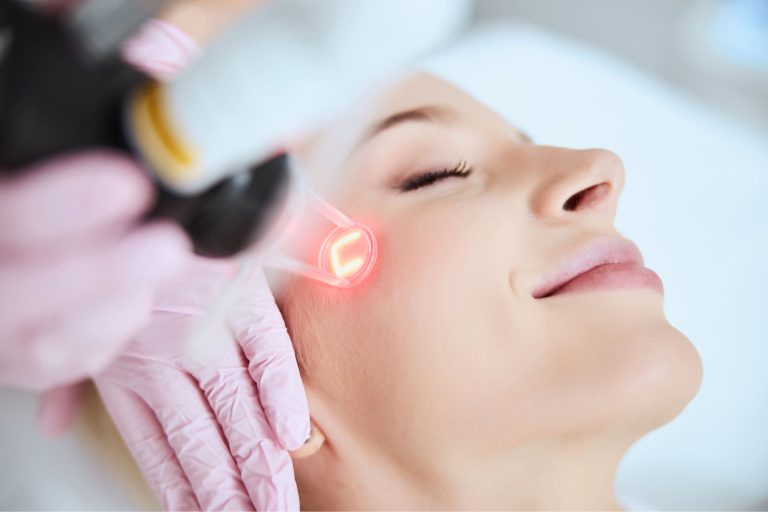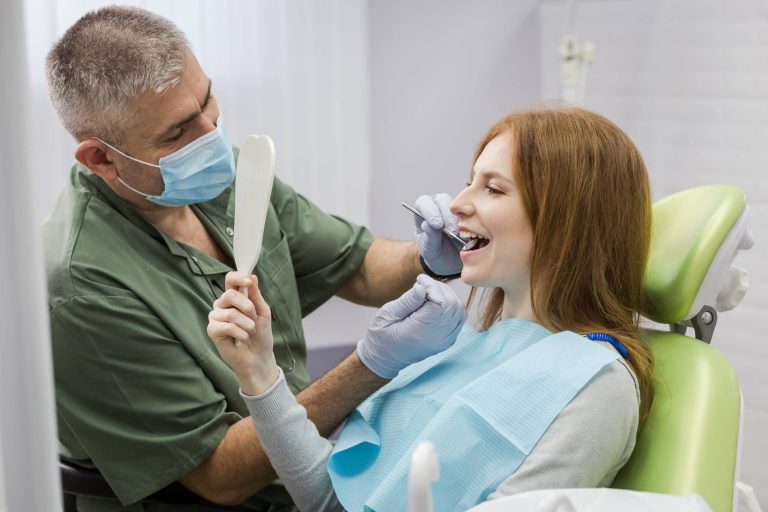Urinary incontinence, or accidental urine leakage, is a common situation that can happen to anyone but becomes more common as you become older. It can range from mild leaking urine when you cough or sneeze to having a sudden strong urge to urinate that triggers you to spread before making it to the toilet. Numerous highly effective treatments are available, even though many people think of urinary incontinence as just another part of growing old.
Many individuals feel too ashamed to talk about their bladder leakage problems with their doctor. Occasionally, we don’t need medical attention because there might not have been much urine lost during an episode, which happens rarely, like once every few months, even if it’s a minor leakage. However, if you often find yourself changing pads or underwear due to large amounts of leaks, then chances are high that you require some form of therapy.
There are types of urinary incontinence: stress and urgency. Stress occurs when physical movements or exertion such as coughing, sneezing, laughing out loud during exercise sessions at gym classes with others who have similar goals like yourself lifting heavy objects into attic storage puts pressure on your bladder so much so that it leads to a leakage situation whereby one cannot control the urge long enough before reaching out for a bathroom facility nearby; this kind does usually result from small amounts being released though.
For instance, mild forms may respond well to Kegel exercises that strengthen pelvic floor muscles and lifestyle/behavioral changes. Still, if these measures fail after eight weeks, medical/surgical interventions are recommended. If severe enough, such incontinence can impair normal activities; additionally, when accompanied by pain/discomfort/blood within the urine, it should prompt evaluation followed by individualized management approaches, including surgical correction whenever necessary.

So start with an initial evaluation by your primary care doctor. Depending on the case, urine incontinence treatment plans may include lifestyle/behavior changes, pelvic floor muscle therapy with a specialist, medications, and nonsurgical therapies such as per urethral bulking injections or nerve stimulation, or outpatient surgical options if other methods are insufficient.
Summing up
Urinary incontinence might develop slowly over time as you get older. However, leakage symptoms should never be regarded as just another common aspect of aging that you cannot fix. Your bladder’s control should not be taken away from you by worrying about embarrassing leaks during daily activities. So do not hesitate to seek assistance if urine leakage happens more than occasionally maintaining your quality of life is well worth it.















+ There are no comments
Add yours